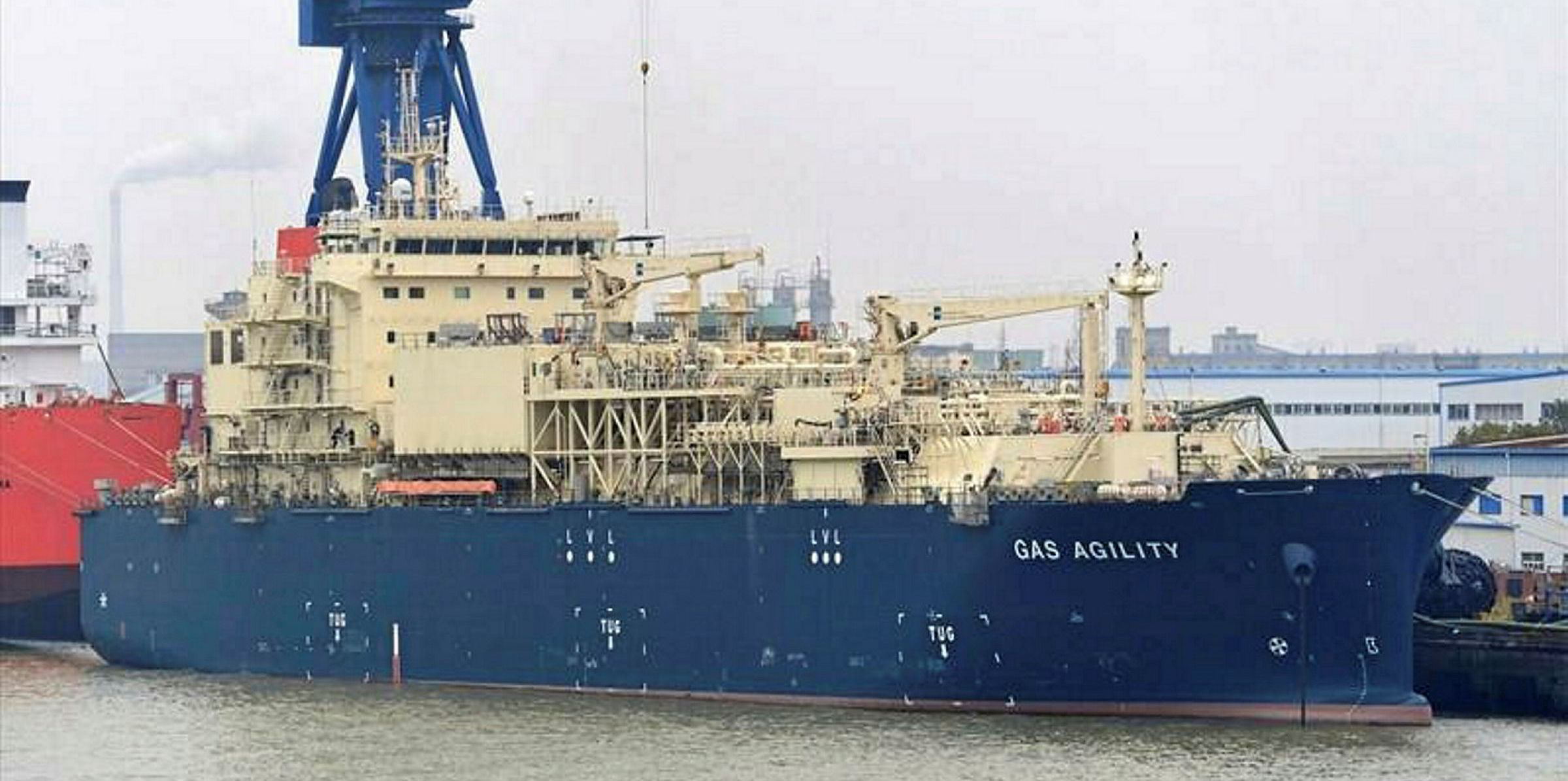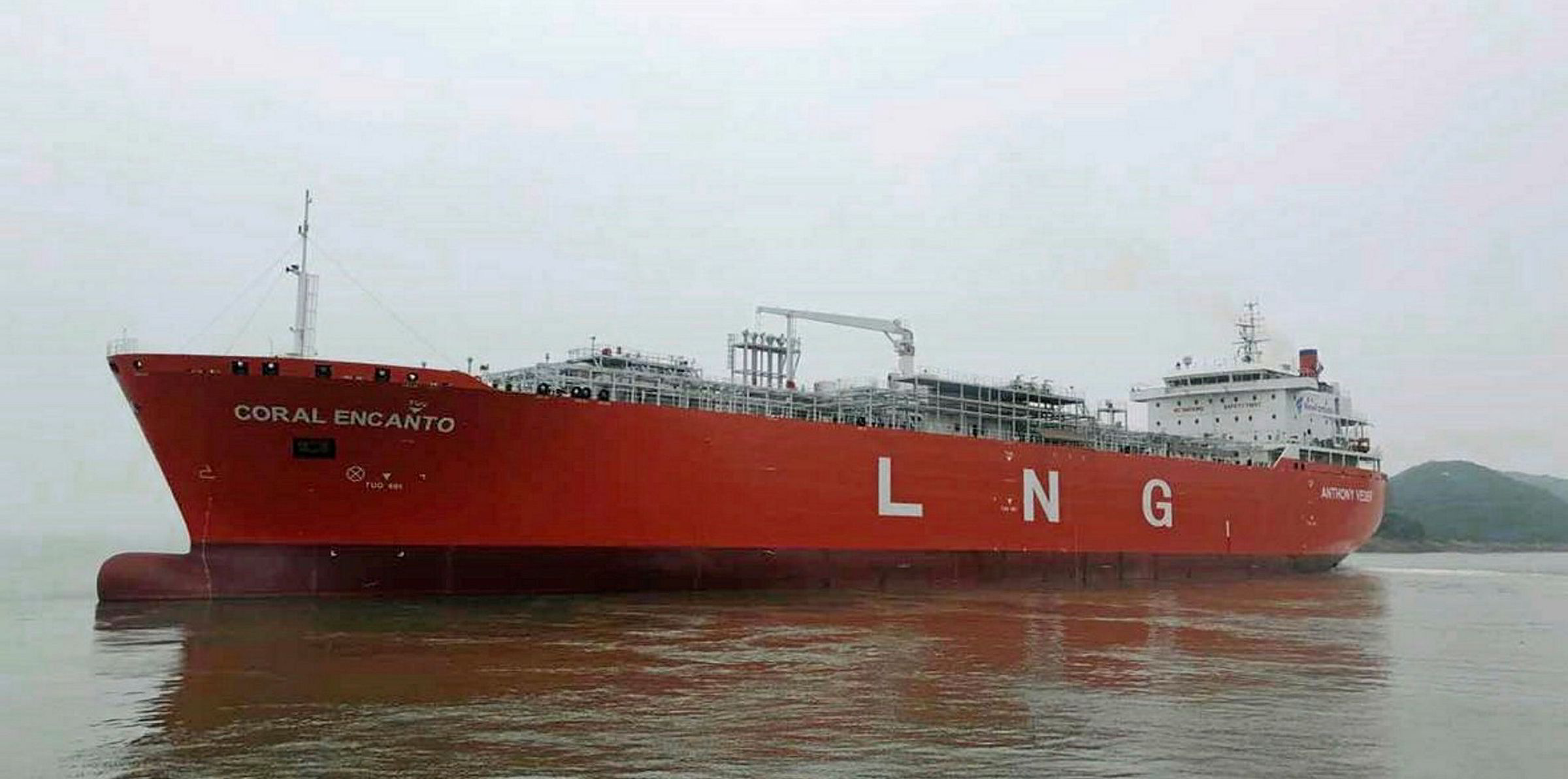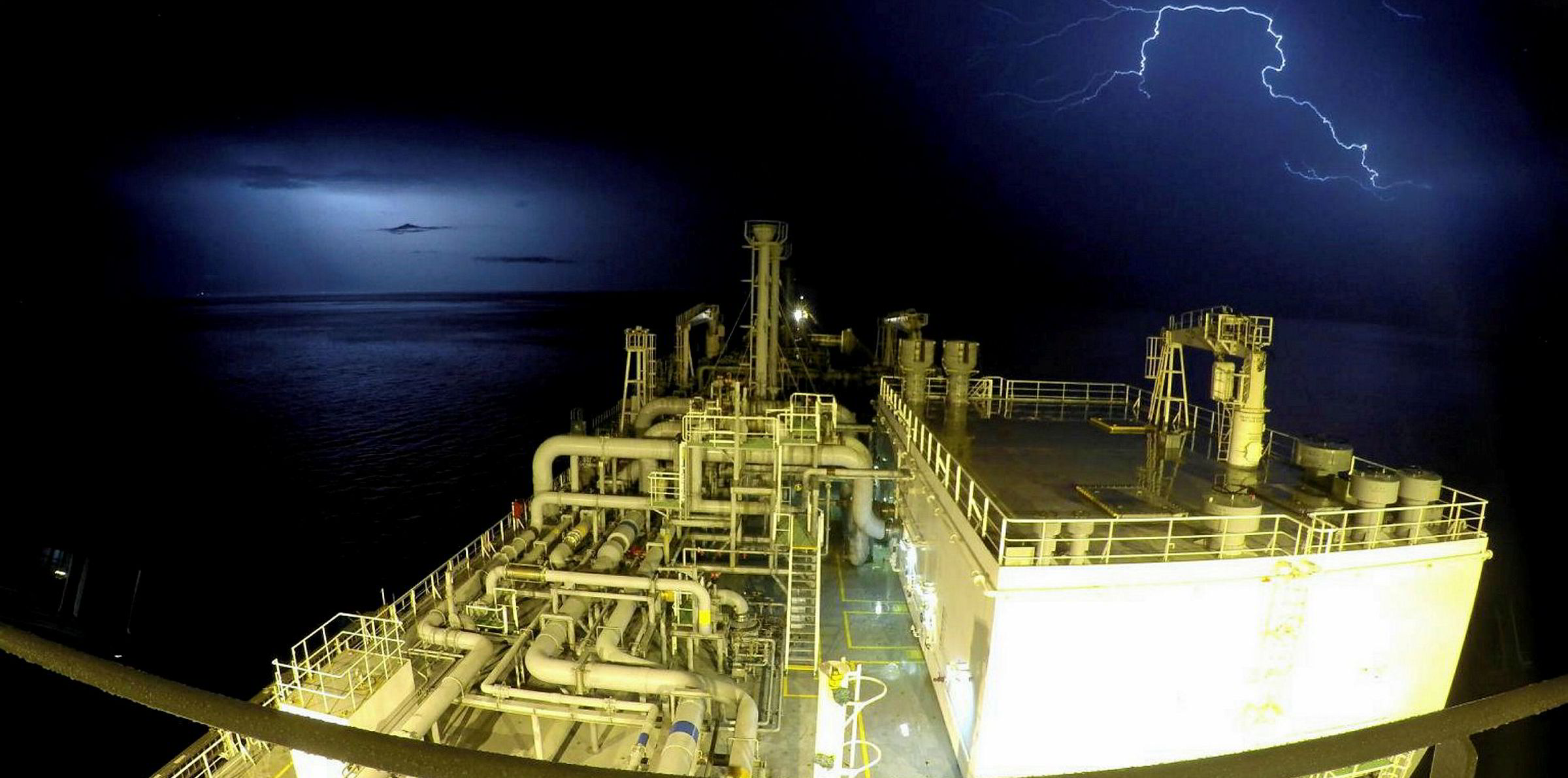Sales of LNG as marine fuel hit another record high in Rotterdam in the second quarter despite the Covid-19 pandemic pressuring demand and delaying infrastructure development.
Data from Port of Rotterdam showed 58,522 cbm of LNG was sold, compared with 35,190 cbm in the first three months of this year and 14,043 cbm during the second quarter of 2019.
“LNG bunker figures are increasing because of the [growth] in popularity,” a spokesman with the port operator told TradeWinds.
Due to its lower NOx and negligible sulphur emissions, LNG has been adopted by an increasing number of shipowners to meet the IMO 2020 requirements.
In later March, Dutch shipowner Anthony Veder used a 10,000-cbm vessel to deliver what it claimed to be the world’s largest single supply of LNG bunkers.
The LNG carrier Coral Fraseri (built 2010) in Rotterdam supplied 7,600 cbm in LNG bunkers to Heerema Marine Contractors' semi-submersible crane vessel Sleipnir in less than a day, according to Veder.
The port spokesman said Mitsui OSK Lines’ 18,600-cbm Gas Agility — the world’s largest LNG bunker vessel — will be arriving at Rotterdam by the end of this month.
After chartering the vessel for at least 10 years, Total Marine Fuels Global Solutions plans to use it to fuel nine boxships that CMA CGM is building at Hudong-Zhonghua Shipbuilding (Group).
Total has agreed to supply 300,000 tonnes of LNG per annum to 23,000-teu, LNG-fuelled containerships, which will trade between Asia and Europe.
The first of them — the CMA CGM Jacques Saade (built 2020) — is due to be bunkered with LNG at the Dutch port in October.
The Gas Agility was originally scheduled to arrive in Europe at the beginning of 2020, but its construction was delayed during the Covid-19 pandemic.
Lower sales of conventional fuels
Second-quarter sales of oil-based bunker fuels fell to 2.22m cbm in Rotterdam, one of the world’s largest bunkering hubs, from 2.37m cbm in the first quarter. This compared with 2.25m cbm in the second quarter of 2019.
With reduced sailings during the pandemic, the International Energy Agency has expected global bunker fuel demand to fall 5% in 2020.
The cruise sector, which accounts for 6% of global bunker demand, is forecast to record a 90% fall in marine fuel consumption in the second quarter from the level seen in the same period of 2019.
Its bunker demand is forecast to drop by 83% this quarter and 60% in the next, according to the Paris-based energy watchdog.






